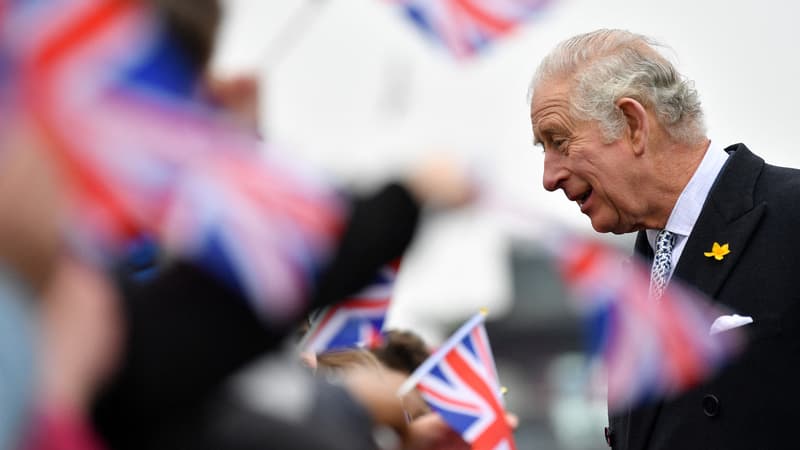Queen Elizabeth II died on Thursday at the age of 96. Her son, who succeeds him as head of the United Kingdom, will be called Carlos III. However, Charles Philip Arthur George Windsor could have chosen another of the four names for him, especially after reading the history of the other two British monarchs who bore this name. Two men from the 17th century who did not succeed to the throne of the kingdom.
• Carlos I, executed for high treason
Carlos I lived a reign marked by a confrontation with Parliament and a civil war that ended in a revolution: the king was executed and the monarchy abolished. Of the Stuart dynasty, he acceded to the throne in 1625, reigning with authority over England, Scotland, and Ireland.
The parliament constantly sought to restrict its powers, which caused a conflict with the monarchy that led in 1642 to a civil war. Although he was defeated in 1645, Charles refused to give in to demands for a constitutional monarchy. He was tried, convicted, and executed for high treason in 1649.
The monarchy was abolished and England became a Republic led by the military and politician Oliver Cromwell, before being restored in 1660.
• Charles II, a reign marked by the Black Death and the Great Fire of London
Despite the abolition of the monarchy in England after the execution of Charles I, his son, who fled the country, was proclaimed king in Scotland in January 1651. Fearing an invasion by English republican forces, Charles II and his supporters invaded England, an attack that ended in defeat at the Battle of Worcester in the center of the country.
Charles II escapes capture and goes into hiding, before fleeing to France. But Cromwell’s death in 1658 causes a crisis and he is called to return and ascend the throne in 1660: it is the restoration of the Stuarts.
This rakish king, who had many mistresses, was “witty and kind, appreciative, generous, tolerant, and generally sympathetic,” historian Antonia Fraser wrote.
His reign saw the rise of colonization and trade in India, the East Indies, and the Americas. He had to face two profound crises, the Black Death of 1665 and the Great Fire of London a year later. Carlos II was the victim of an attack on February 2, 1685 and died at the age of 54 four days later, despite or because of the treatments he underwent: bleeding, purging and cupping.
Source: BFM TV


